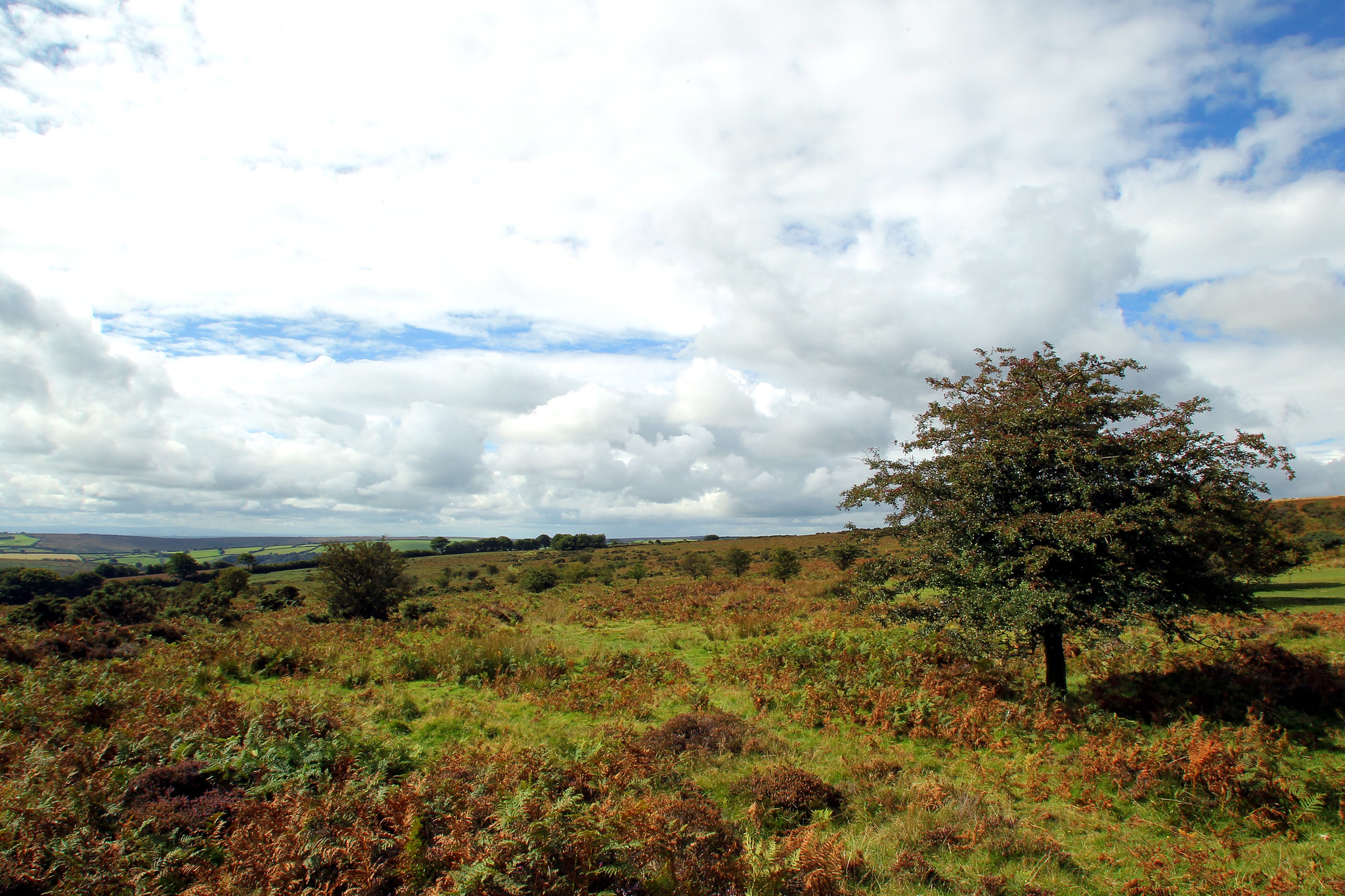
The scale of the human footprint on Earth is staggering: farming has entirely replaced original ecosystems across 40% of the world’s land surface. If you weighed all the land mammals on Earth today, 30% would be humans, 67% the weight of the livestock used to feed us, and just 3% wild mammals. And without radical action we will see the sixth mass extinction event in the Earth’s history.
Agriculture is now joined by increasingly severe climate disruption. Current policies would see Earth’s temperature rise by between 3C and 4C by the end of the century compared to pre-industrial levels. Whether human society as we know it, or millions of other species, can endure such epochal change is not known. This difference may not sound large, but prior changes in the Earth’s temperature between ice age and interglacial conditions were about 5C – a change that totally transformed the Earth’s ecosystems.
Even in optimistic scenarios where emissions are cut fast, society will be forced to adapt to our rapidly altering climate, as will the rest of life. In today’s fast-changing environmental conditions, plants and animals face one of three fates: adapt, move, or die. Life is on the move in a global reorganisation, with mass waves of extinction to be expected.
One way of confronting this reality would be a Green New Deal for Nature. The UK government should agree to design a UK Restoration and Rewilding Plan to allocate 25% of the UK’s land primarily for wildlife and carbon sequestration – within a decade. This would remove carbon from the atmosphere, giving more space to nature to help it adapt to our rapidly changing climate, and give everyone access to green space.
Key to this plan should be to re-establish woodlands and other natural ecosystems to link existing important habitats together and to connect them to people. Given the scale of climate change, rewilding – the large-scale restoration of ecosystems – should become the default plan for bringing habitats back. By giving natural processes a helping hand, such as letting a woodland regenerate, stopping the draining of a peatland, or reintroducing locally extinct species, nature can then take care of itself.
How could this be done? The largest use of land in the UK – almost 50% – is for grazing animals. A significant portion of this is made up of low-value agricultural land, usually reserved for rough grazing. Grazing on agriculturally poor land largely exists because the public pays farmers subsidies to do so. Redirecting these payments to reward sequestering carbon through restoration and rewilding would mean that farmers continue to use that land but for a different purpose, resulting in a more intentional use of public money in the face of climate change.
Elsewhere, the UK’s peatlands are highly degraded and a significant source of carbon emissions. Many of these peatlands are grouse moors, deer-stalking lands and other types of hunting estates. They represent 13% of the UK; land owned and used by a tiny number of people. Restoring peatlands can reverse their carbon emissions and turn them into a carbon sink while reducing the risk of floods, thereby helping communities to adapt to climate change.
How does this relate to most people who are neither land-owners nor farmers? First, by targeting low-grade agricultural land near cities, restoration can benefit many urban and suburban working class people. Expanding some of the 120,000 hectares of hedgerows into linear habitats would connect larger areas of restoration and rewilding, bringing nature into towns and cities. Further still, by planting trees in low-income areas, often those with the least amount of green space, rewilding efforts could move into densely populated urban areas. A ‘right to roam’ on these newly restored areas would mean people have access to life-filled green space in urban, suburban and rural areas.
Of course, given a full 50% of England is owned by less than 1% of the British population, any transformative plan will require challenging sometimes powerful landowners to act in the interests of wider society. New legislation for a community right-to-buy in England and Wales, as there is in Scotland, would be just one way to take on powerful landowners and begin to democratise land ownership for habitat restoration and rewilding.
Rewilding remains one of the most powerful and cost-effective ways to resist climate breakdown and wildlife loss at the same time. By restoring and rewilding 25% of the UK these habitats would reduce UK carbon emissions by 14%, and by 2050 capture about 70% of residual emissions from all sectors of the UK economy, which is required if we are to achieve net-zero emissions.
The climate emergency makes new demands on land. Many see a future in planting millions of hectares of monoculture tree plantations. There is another way that avoids further industrialisation of the countryside – but we need force responses to the environmental crisis that work for the many to the top of the political agenda.
By combining altered agricultural subsidies as payments for carbon uptake, carbon taxes from polluting industries, and new legislation including a right to roam and allowing local communities to buy land and manage it for the long term, we could transform the UK.
Yes, we are faced with a climate and biodiversity crisis – but also an opportunity. What awaits is a green and vibrant land, accessible to all.
Simon Lewis is a professor of global change science at University College London and the author of A Green New Deal for Nature, part of the Common Wealth Green New Deal series.